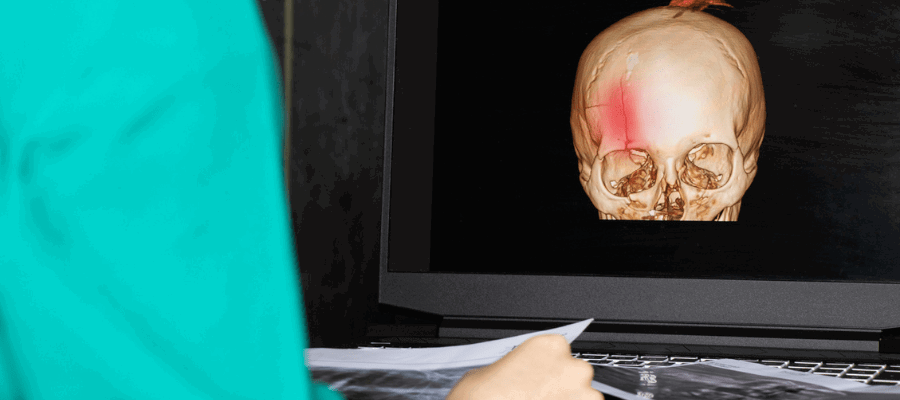Services > Specialist Forensic Service > 3D Digital Body Reconstruction
3D Digital Body Reconstruction
See also:
Forensic Anthropology
Forensic Archaeology
Spatial Analysis and Mapping Service
UAVs
Walkover Survey
Archaeological Excavation
3D Crime Scene Modelling
Diatoms
Entomology
Soil Botany Pollen
Bones ID

Using data from medical imaging technologies such as Computed Tomography and Micro Computed Tomography we can use specialist software to visualise external and internal surfaces of the body in detail. This non-invasive technique is a valuable adjunct to traditional methods and is particularly useful when maceration (removal of soft tissues) is not an option (e.g. recently deceased and living individuals), the remains are not available for a physical examination (e.g. cold case reviews, interred remains) and / or the remains are extremely fragile and could be damaged by physical examination (e.g. burnt remains, highly fragmented regions of trauma).
We can use this method in anthropological casework for:
- Analysis of small bone fragments
- Biological profile assessment for identification
- Traumatic injury analysis
- Taphonomic evaluation (i.e. what happened to the body after death)
- 3D visualisation and measurement
- To present graphic evidence in court in a more sanitised manner
We can use this method in mass fatality incidents for:
- Initial triage (i.e. assessment of the individual recoveries prior to exam)
- Non-invasive identification and inventory of body parts
- Early recognition of opportunities for rapid identification, such as:
- Identifying the most suitable or vulnerable DNA samples
- Examination of potentially individuating features
- To present graphic evidence in court in a more sanitised manner
